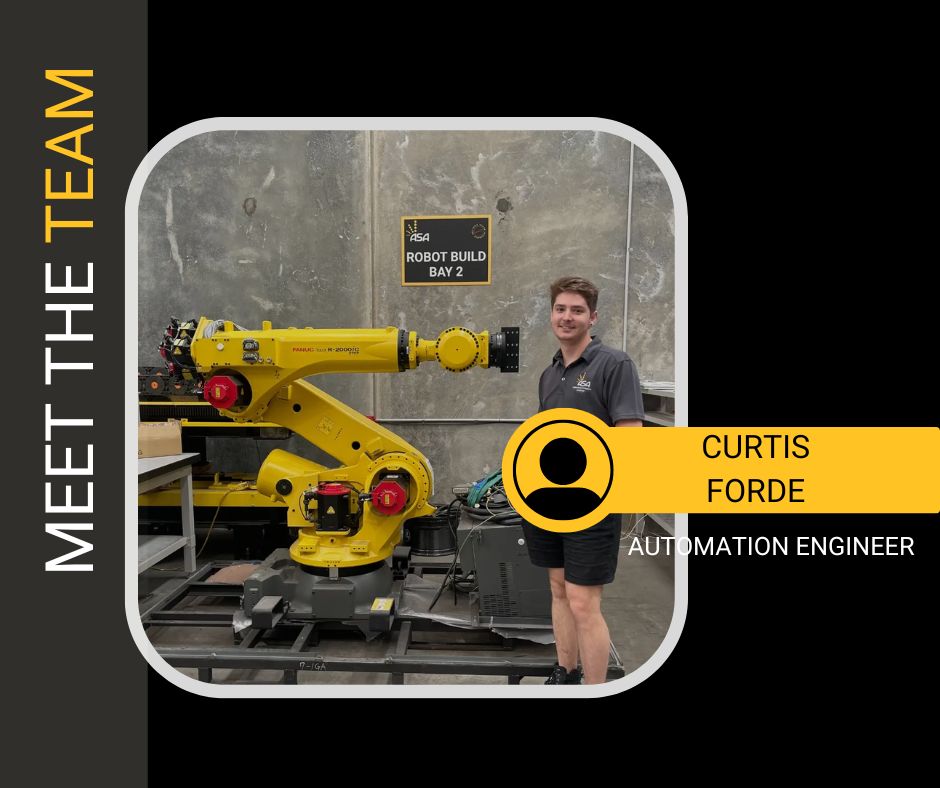Robotic arms have revolutionized manufacturing by making use of precision, safety effectiveness, and other features that were previously impossible. Robot arms are mechanical marvels that have become essential in numerous industries around the globe. They were created to lower operating costs and maintain high quality standards. When integrating robotic arms in production lines, manufacturers are not only cutting expenses but also improving safety in the workplace and efficiency. Learn how these cutting-edge robotics have changed the industrial landscape.

Image credit: automatedsolutions.com.au
Cost efficiency is the most important factor behind the global acceptance of robotic arms. Factory owners are under constant pressure to minimize the risk of injuries at work, eliminate manufacturing errors, and decrease production waste. Robotic arms are able to tackle these challenges. Robots can eliminate costly errors and decrease the amount of raw materials by performing repetitive tasks more precisely than human beings. In industries with high volumes, such as automotive manufacturing, robotic arms ensure flawless assembly by performing precise welding and part placement. This can lead to significant savings as less defective products mean less rework or waste.
Safety is another important aspect of the robotic arm revolution. Many manufacturing tasks such as handling dangerous materials or operating machines that are heavy pose a risk to human workers. By using robot arms businesses can eliminate employees from the dangerous surroundings, dramatically decreasing the risk of workplace injuries. A robotic arm, constructed as a kinematic chain with flexible joints, mimics capabilities of a human arm, however it is free of the risk of physical harm. Equipped with end effectors that can be programmed to work essentially robotic hands they can perform tasks like grasping, spinning or welding under conditions that are unsafe for humans.
The versatility of robotic arms makes them a game-changer across diverse industries. Robots can be used for a variety of tasks. From assembly of automobiles, to electronic production. They can handle complex operations with unparalleled precision, such as machine tool tending and painting. In warehousing, robotic arms have revolutionized palletizing, making it easier to load goods onto pallets using precision and speed. Automation not only improves efficiency however, it also improves reliability because robot arms can perform their work without fatigue.
The rise of cobots (collaborative robots) that interact with human workers is one of the most exciting advancements in the field. Cobots equipped with robotic arms unlike conventional industrial robots that are confined in isolated cells, are designed to interact with human beings safely and effortlessly. In a factory environment cobots’ robotic arms can be used to perform the heavy lifting or tasks that are repetitive, freeing human workers to focus on more complex responsibilities. The collaboration improves efficiency and ensures a secure workplace, since cobots can be programmed to alter or stop their movement when the person in front of them is.
The impact of robotic arms extends beyond the safety and efficiency of robotic arms to the very structure of modern manufacturing. They are vital for industries that require extreme precision in tasks such as welding, assembly or material handling. In the automotive industry such as assembly robotic arms can rotate and place components in assembly to ensure that they are aligned perfectly without the requirement for human intervention. In electronics, robots are employed to manage delicate components, which can reduce damage and improves output quality.
Robotic arms are likely to gain importance as industries develop. Their capacity to cut costs, enhance safety, and be able to adapt to a variety of tasks makes them a cornerstone of manufacturing’s future. Utilizing cutting-edge technology and human ingenuity, robot arms aren’t just tools. They are partners that drive innovation, transforming how we create our world.
